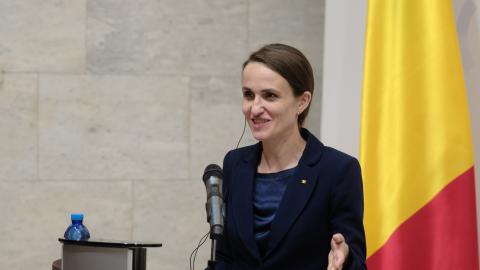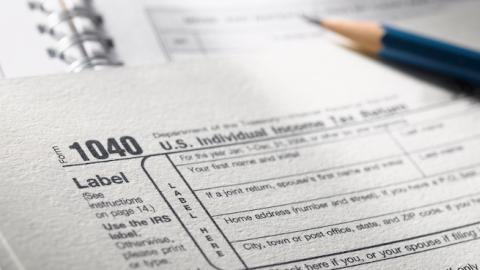While millions of Americans struggle under their income-tax burdens, Hillary Clinton has proposed doubling the child tax credit for children up to age four and expanding its refundability — which means even bigger payouts to people who already don’t pay any income taxes. It figures: Just about the only tax cut that interests her is one that lets the federal government pick winners and losers and functions more like a welfare payment.
To be sure, there has been support for raising the child tax credit on both sides of the aisle — Marco Rubio has been the most prominent advocate of the proposal on the right — but that support seems to stem from a lack of recognition of who gets hit hardest by existing income-tax burdens. Even without the proposed expansion, the child tax credit already skews the tax code against single men and women, couples without children, and upper-middle-class families (who get income-tested out of it). That’s why my Main Street Tax Plan — a plan published by the Hudson Institute, to promote growth and fiscal responsibility while benefiting the median American — would cut the child tax credit in half (from $1,000 to $500), stop income-testing it, make it non-refundable, and supplement it with a child tax deduction of $2,000 per child.
In truth, the tax code already favors families — and especially single parents — in the lower half of the income spectrum. The families who are really getting clobbered are in the upper middle class. For example, among those who don’t itemize (and who claim only those deductions, exemptions, and credits that everyone of their family size and income can claim), a family of five (with married parents and children aged four, two, and zero) making $55,000 pays $0 in federal income tax and gets a check come tax time for $605, courtesy of those who do pay income taxes. Meanwhile, a family of five making $135,000 (equal to about $60,000 in the middle of the Reagan years) pays $15,330 in federal income tax.
Under Clinton’s proposal, the family making $55,000 would get a payout that’s roughly six times bigger, financed in part by childless couples making $25,000 and single people making $15,000 — who do pay income taxes. As for the upper-middle-class family that pays more than $15,000 in federal income taxes, Clinton would income-test them out of getting the full benefit of her expanded child tax credits. That’s what Clinton calls “tax relief for middle-class families.”
Under the Main Street Tax Plan, in comparison, the family making $55,000 would pay $315 in federal income tax (a tiny 0.6 percent rate), rather than getting paid. However, the Main Street Tax Plan would eliminate the Medicare payroll tax, a de facto second income tax that doesn’t remotely cover Medicare’s costs. (A larger portion of Medicare’s funding comes from general revenues than from this payroll tax, and the Main Street plan would fund Medicare entirely through general revenues.) As a result, this family would actually see their overall federal tax burden drop by $675, even as they were added back onto the income-tax rolls.
Meanwhile, the childless couple making $25,000 would get a federal tax cut of $525 under the Main Street Tax Plan. The single person making $15,000 would get a federal tax cut of $335. And the family making $135,000 would get a federal tax cut of $5,807, thereby giving them an overall federal tax rate (not counting the Social Security payroll tax, which is a different animal) of 10 percent (versus 14.3 percent today).
In short, Clinton’s proposed swelling of the child tax credit would do nothing for singles, nothing for couples, and little for upper-middle-class families. For families who already pay negative income-tax rates, her proposal would make Tax Day even more of a pay day — at others’ expense.





















